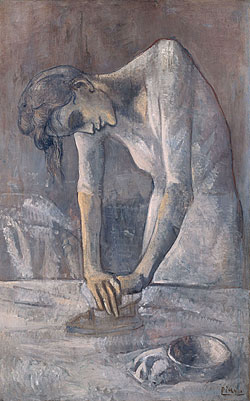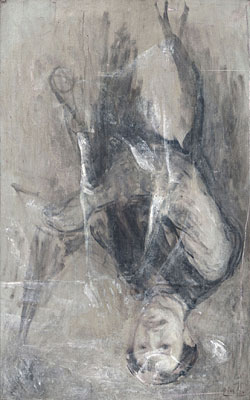Pentax 645D IR: the camera that can turn back time
posted Thursday, December 13, 2012 at 3:14 PM EDT

When we reviewed the 40-megapixel, medium-format Pentax 645D digital SLR-style camera last year, we came away mighty impressed. Sure, it's hefty, but its images capture spectacular detail, and by medium-format camera standards it has good ergonomics to boot. It's even weather-sealed and coldproof for outdoor shooting, making it a great option for nature photographers. One thing it can't do, though, is turn back time to let you see into the past. But now a new variant of the 645D adds that feather to its cap as well.
As its name would suggest, the Pentax 645D IR can capture infrared photos, thanks to the removal of the IR cutoff filter. That will be of particular benefit to museums and libraries, making the 645D IR well-suited to capturing high-resolution infrared reflectograms, which can open a window into the past. IR reflectograms can be used to see beneath the surface of artworks, showing details such as the underdrawing the artist used as a guide, or perhaps an earlier artwork on the same canvas as in the case of Picasso's "Woman Ironing". Reflectograms are also used to make ancient, faded documents and papyri easier to read.


Of course, your organization may not be able to justify the expense of a dedicated IR camera, but the 645D IR can still shoot visible light photos as well. To do so, you'll need to add an IR cutoff filter to the lens; alternatively you can use a filter that passes only IR light to capture IR-only images.
Available immediately, the Pentax 645D IR won't be sold directly to the public; instead it's aimed at research, archival, and law enforcement use. It will be sold only in limited quantities in the Japanese market, with annual production expected to be in the region of just 100 units. Pricing, not surprisingly, hasn't been disclosed. (If you have to ask, you likely can't afford it.)
More details are available from Ricoh Japan, parent company of Pentax.
(Picasso's "Woman Ironing", Kristopher McKay / underlying image John Delaney, both via Solomon R. Guggenheim Foundation)